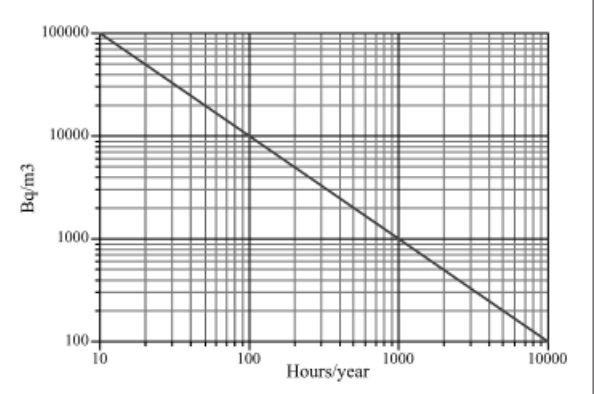Modern Trend in Cave Monitoring
DOI:
https://doi.org/10.3986/ac.v31i1.402Abstract
Opisan je razvoj jamskega monitoringa od 19. stoletja dalje. Prednost razvojnih teorij je omogočila doseči primerljive rezultate in napovedati razvoj jamske klime, še preden je prišlo do nepopravljivih procesov. Našteti so najpomembnejše parametri monitoringa. V zadnjih letih smo doživeli močan tehnološki razvoj in ocenjena je bila relativna pomembnost vsakega parametra. Novembra 1999 so odprli za obisk Kartchner Caverns, AZ, ZDA. Opravljenih je bilo nekaj predhodnih raziskav. Arizona Conservation Project, Inc. (ACPI) je predvidel 22 merilnih postaj. Dobili so oceno vpliva. Drugi primer je iz Cango Caves. Septembra 2000 so postavili preprosto mrežo za monitoring, ki naj bi delovala eno leto. Sestavljena je iz 15 preprostih “data loggerjev”, razporejenih po jami. Merijo temperaturo zraka in vode, koncentracijo CO2 in relativno vlažnost in vrednosti občasno prenesejo v računalnik izven jame. Prispevek podaja prve rezultate. Popolnoma avtomatičen monitoring bo postavljen v prihodnosti, ko bodo pregledani rezultati te prve preproste opazovalne mreže. Vzpostavili bodo popolnoma avtomatizirano mrežo, ko bodo razpolagali z rezultati prve preproste opazovalne mreže.
The evolution of cave monitoring since 19th century is described. The advantage of the development of theories was the possibility to obtain comparable results and forecast the evolution of a cave climate before irreversible modifications take place. The most important parameters to be monitored are indicated. In recent years both important technological improvements have been obtained and the relative importance of each parameter has been reviewed. Kartchner Caverns, Arizona, USA, was opened to the public in November 1999. Some preliminary studies have been performed. Arizona Conservation Project, Inc. (ACPI) established 22 monitoring stations. An evaluation of the impact assessment was obtained. The second case concerns Cango Cave. A simple monitoring network has been installed in September 2000 to be operated for one year. It consists in about 15 rugged data loggers distributed along the cave. Air and water temperature, carbon dioxide concentration, and relative humidity are measured and the values are transferred periodically by a shuttle into a computer outside the cave. A totally automatic monitoring network will be installed in the future after the results of the first simple network are achieved.
Downloads

Downloads
Published
How to Cite
Issue
Section
License
Authors guarantee that the work is their own original creation and does not infringe any statutory or common-law copyright or any proprietary right of any third party. In case of claims by third parties, authors commit their self to defend the interests of the publisher, and shall cover any potential costs.
More in: Submission chapter




